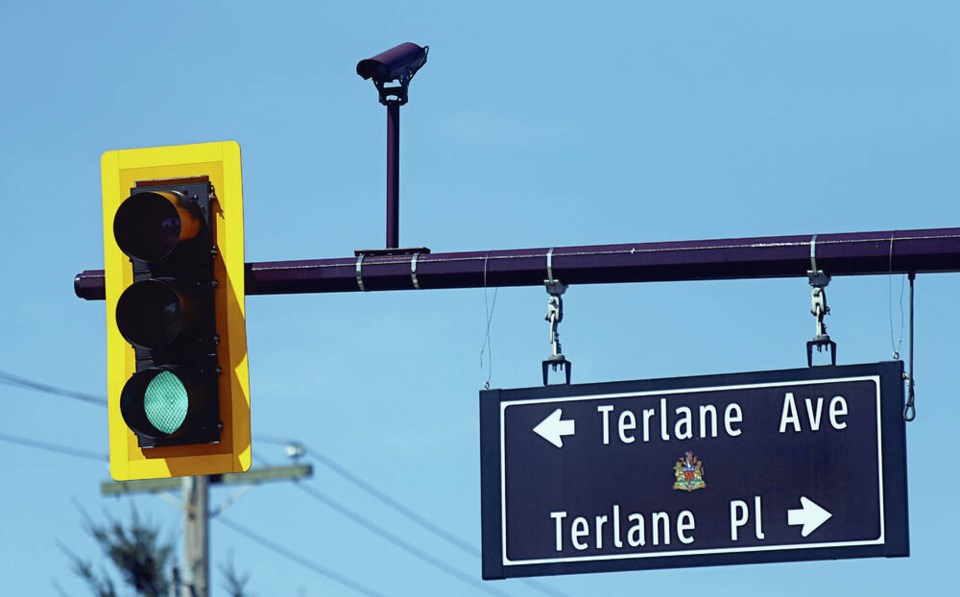Ever been the person who pulls up behind a car in the left lane that’s stopped for a red light at an intersection?
You think you’ll simply carry on behind them when the light goes green. But when the green comes on, so does their left turn signal, and you’re stuck — forever — until they make that left turn.
That’s one of the most aggravating habits some drivers have on the road. By the way, what I just described is illegal. It’s called “inadequate signal on turn” and carries a $121 fine and two demerit points.
So why do people do that? I think it’s mostly about laziness, while the odd time it’s about just plain forgetting when you have to signal when driving.
Signalling is a basic driving function. You couldn’t have passed your driving test if you failed to signal — especially when your manoeuvre might have affected the travel of another vehicle. We are taught to signal for some very basic reasons.
Signalling enhances road safety by showing other road users your intentions. It’s a vital form of communication that shows everyone your next move. By doing this, we telegraph changes in our driving pattern, such as changing lanes or turning, allowing other drivers to react accordingly.
It’s about more than safety, as well. Proper signalling makes for better traffic flow — preventing unnecessary delays and reducing congestion. It’s also about plain old-fashioned courtesy, too. Signalling is another way to show respect for others using the road. It’s a small piece of being nice that helps take the edge off a grinding commute home or to work.
It’s also more than just courtesy — it’s a legal requirement in many situations. For example, you must signal if you are going to affect the travel of another vehicle. That’s why experts always recommend signalling any kind of turning scenario, whether other vehicles are around or not.
You must also signal a lane change, even if there’s no one around. Unsafe lane changes are a factor in many crashes and often occur because one driver was unaware that the other driver was going to change lanes. A habit of signalling allows other drivers to adjust their behaviour by slowing down or moving into another lane to allow you to merge onto a highway.
Predictability is important for other drivers and signalling is probably the best way to be predictable. That small effort of flicking the signal lever helps create an environment where drivers can understand and anticipate the actions of other drivers. Confusion is reduced and conflicts are avoided.
It’s also not just about other cars. Pedestrians who see a car signalling as it approaches an intersection should be more alert to possible conflict before they step out into a crosswalk. The same thinking applies to cyclists in a bike lane who will surely appreciate knowing that you’re going to make a right hand turn at that intersection up ahead.
If you struggle to remember to signal, try and get into some basic habits.
Signal in advance. When you know you are going to turn or change lanes, put the blinker on early, but don’t overdo it — like two or three minutes beforehand or a couple of hundred metres before you need to. That’s too much, and will just confuse others about where you are actually intending to turn.
Signal all the time — even when there’s no one around. It will help to develop a good habit of showing your intentions and become a reflex for the times you actually need that signal light flashing away. A witness who tells the cops or ICBC you were clearly signalling before an incident may be your saving grace in an accident investigation.
Signal before you brake. That extra notice you convey to another driver before braking may make all the difference in avoiding a crash. A turn signal warns another driver that you could be about to slow or stop ahead to turn a corner or to get off the highway. Affording those couple of extra warning seconds to another driver can prevent a tragedy.
I’ve been frustrated a few times by drivers who just stop for no apparent reason in busy areas of downtown. When I eventually wheeled around them, I saw that they were waiting for someone else to vacate a parking space. A simple flick of the signal lever to the right would have solved the problem.
Drivers aren’t mind readers and they put signal lights on vehicles for good reason. Effective signaling is a great safety habit but also shows courtesy and respect to everyone on the road.



